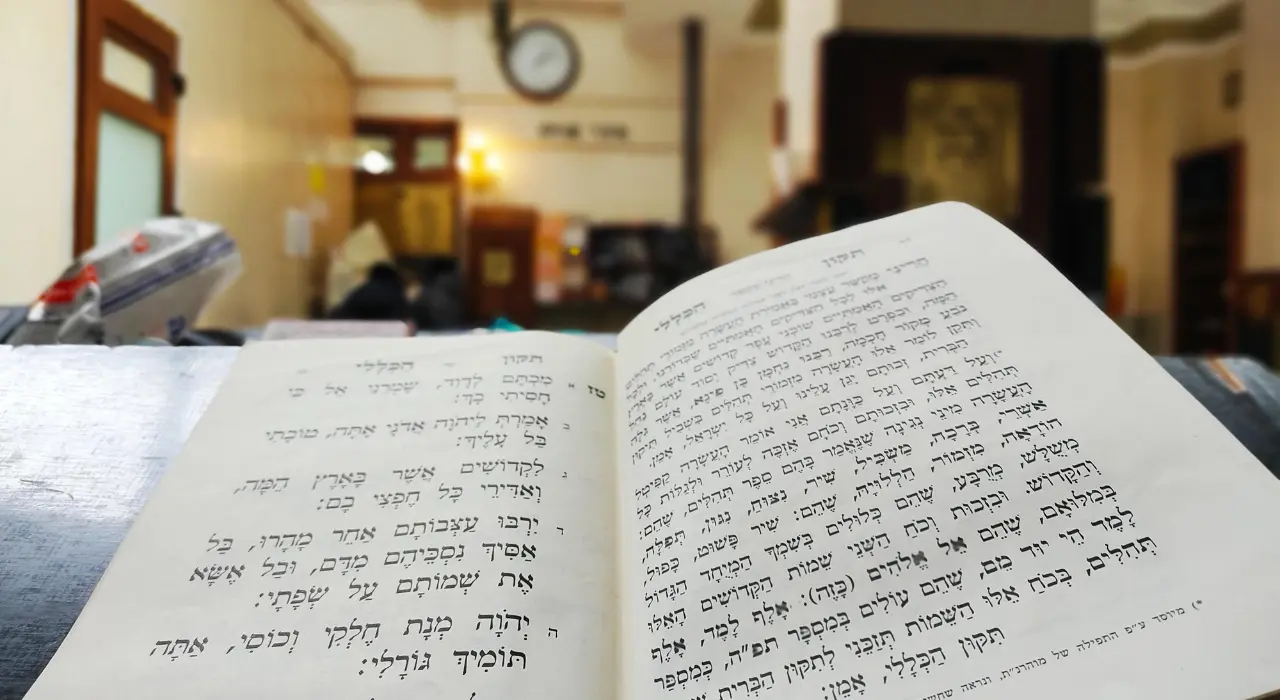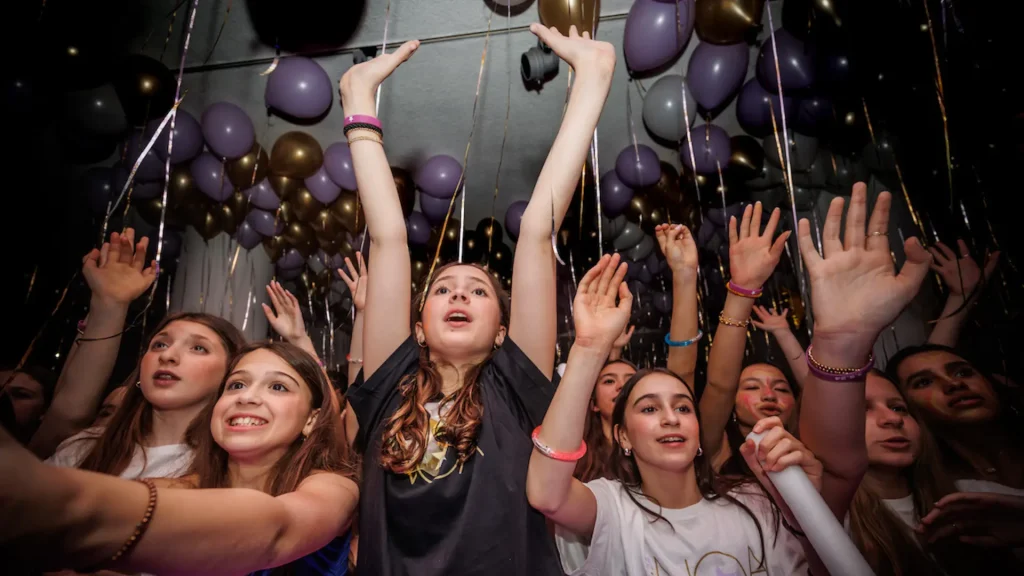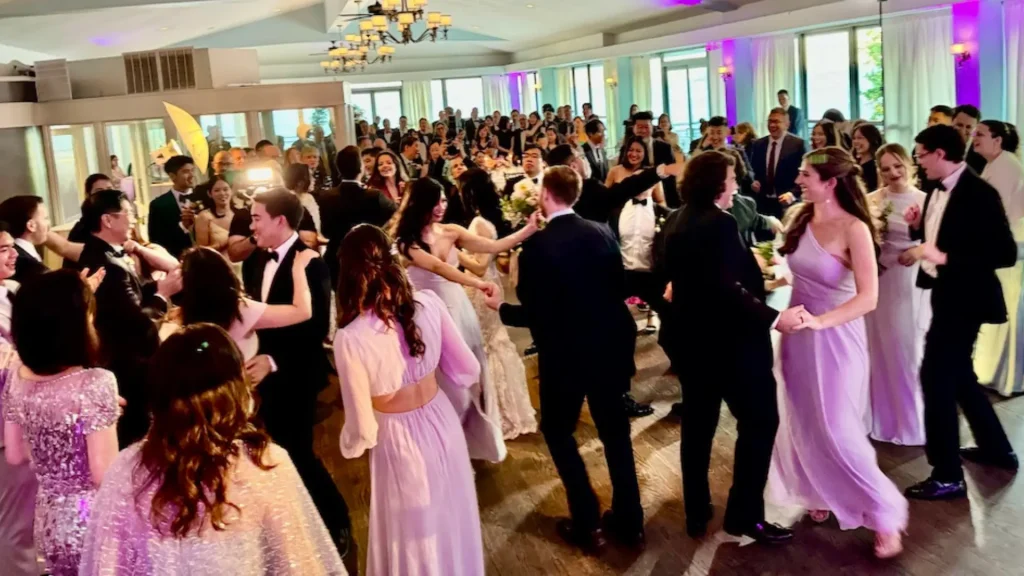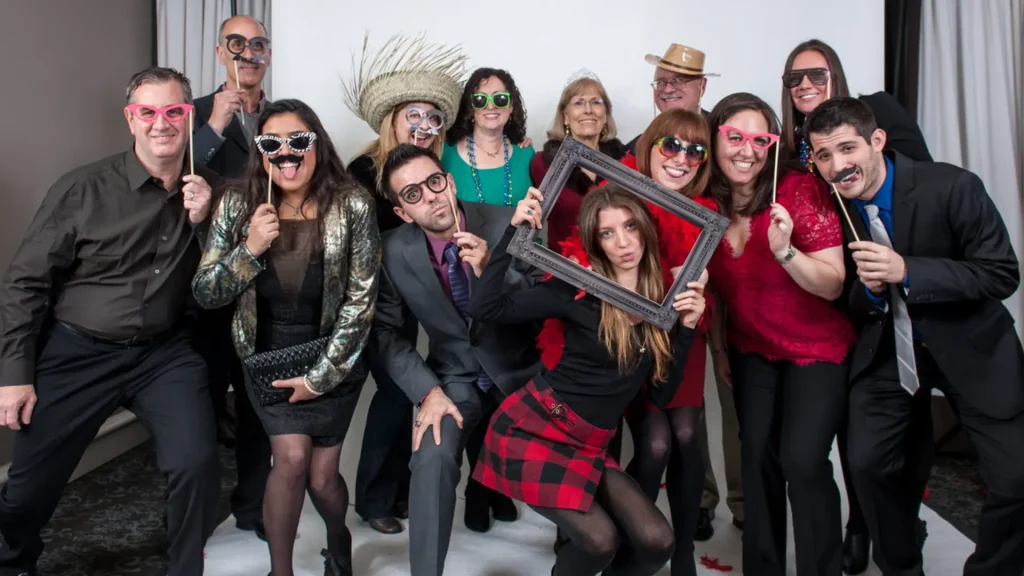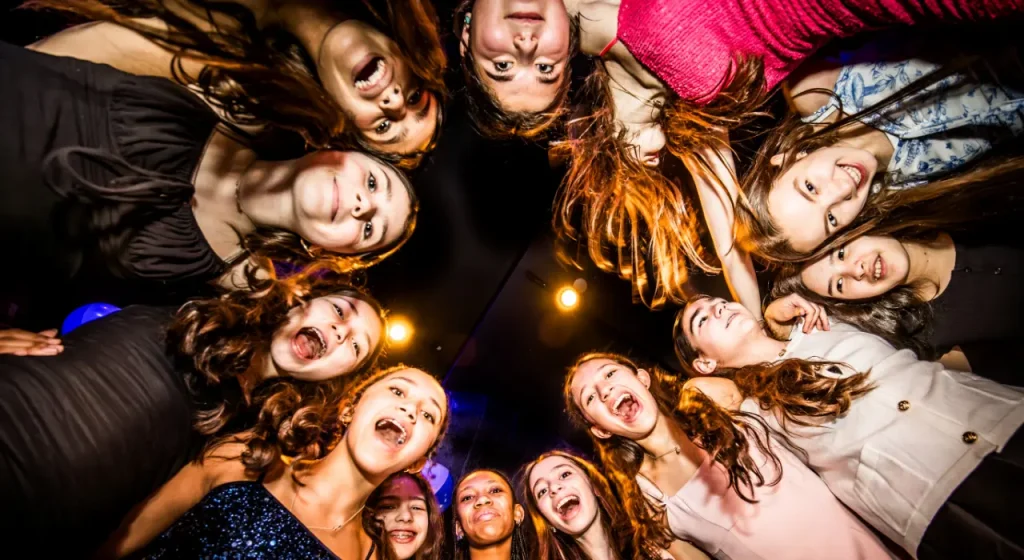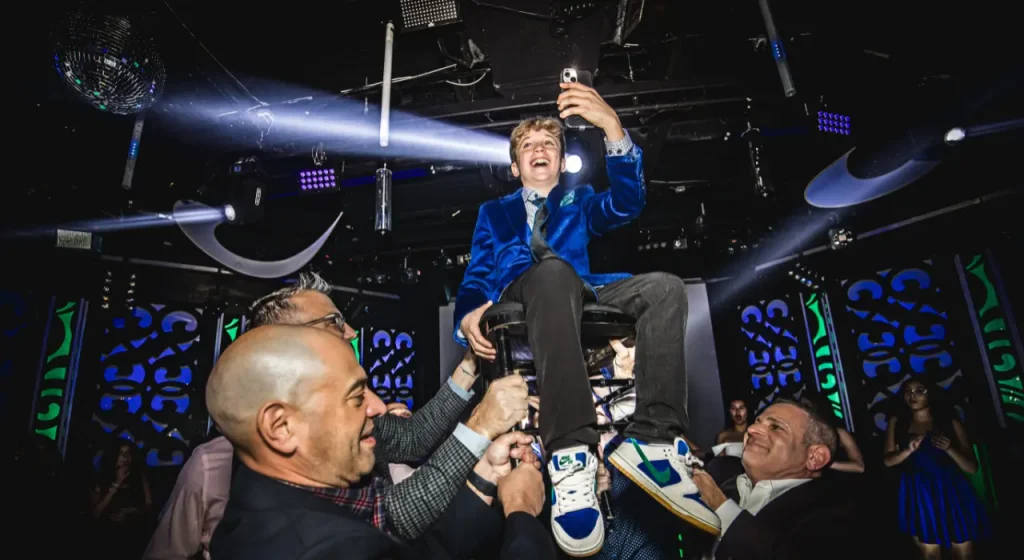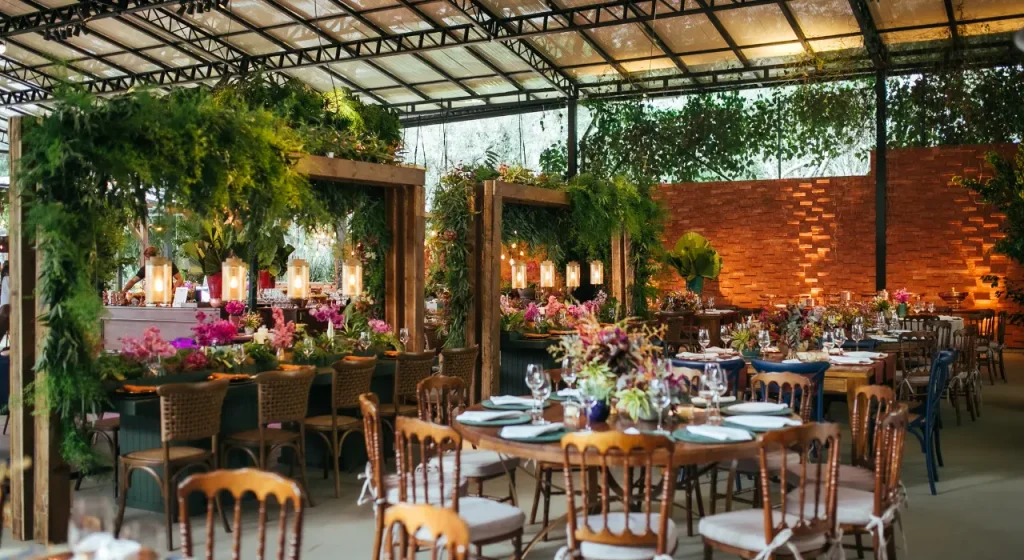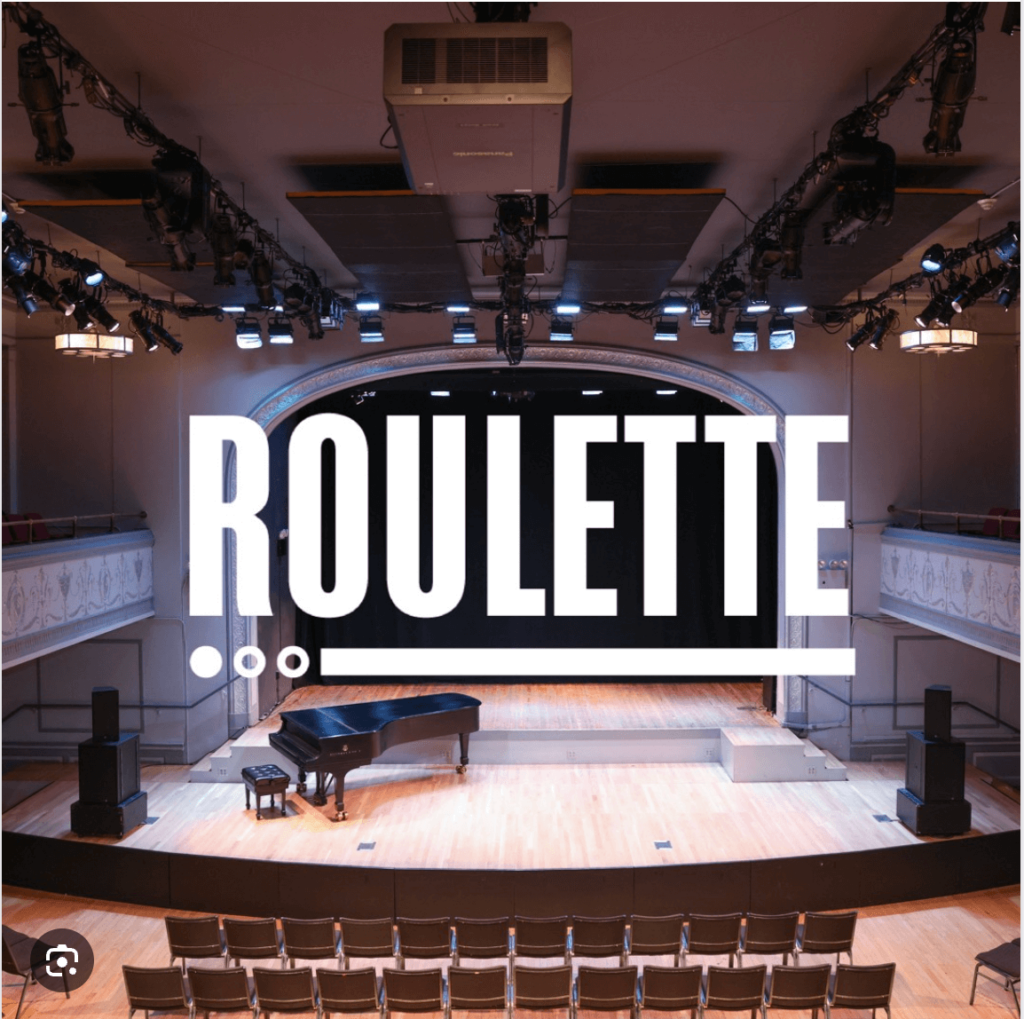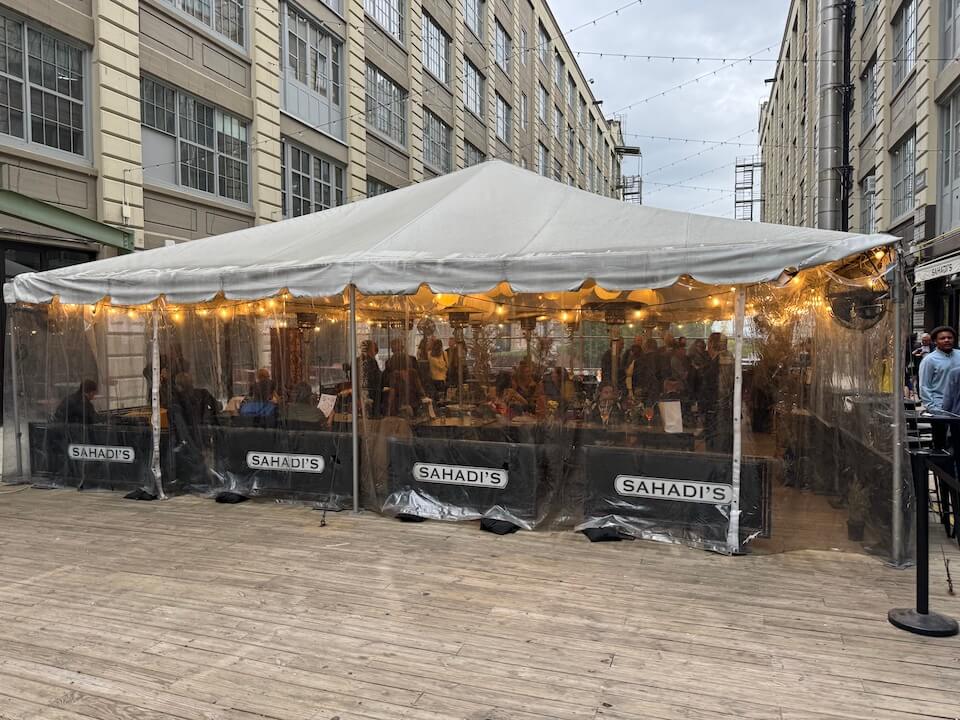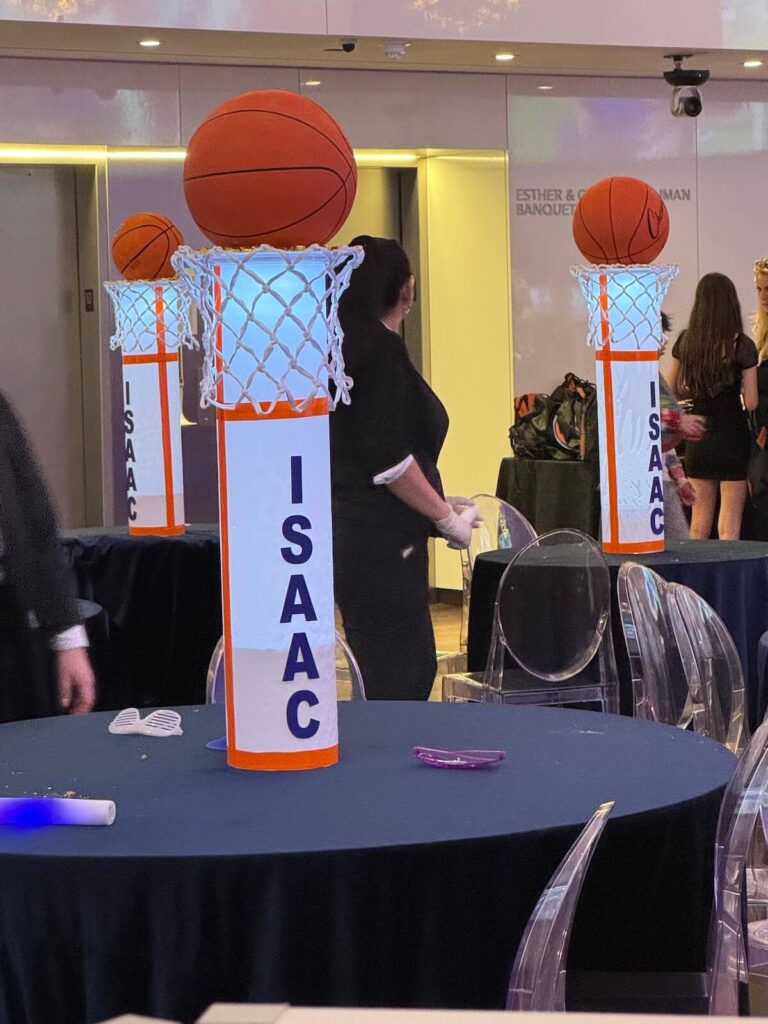A Bar or Bat Mitzvah is one of the most significant milestones in a Jewish child’s life, representing their coming of age and the assumption of religious responsibilities. As children transition into adulthood within the Jewish community, various terms and customs are associated with this rite of passage. This blog post will delve into important terms related to Bar Mitzvah, Bat Mitzvah, B’nei Mitzvah, and B Mitzvah, as well as the typical timing and order of events for the celebrations, including the reception.
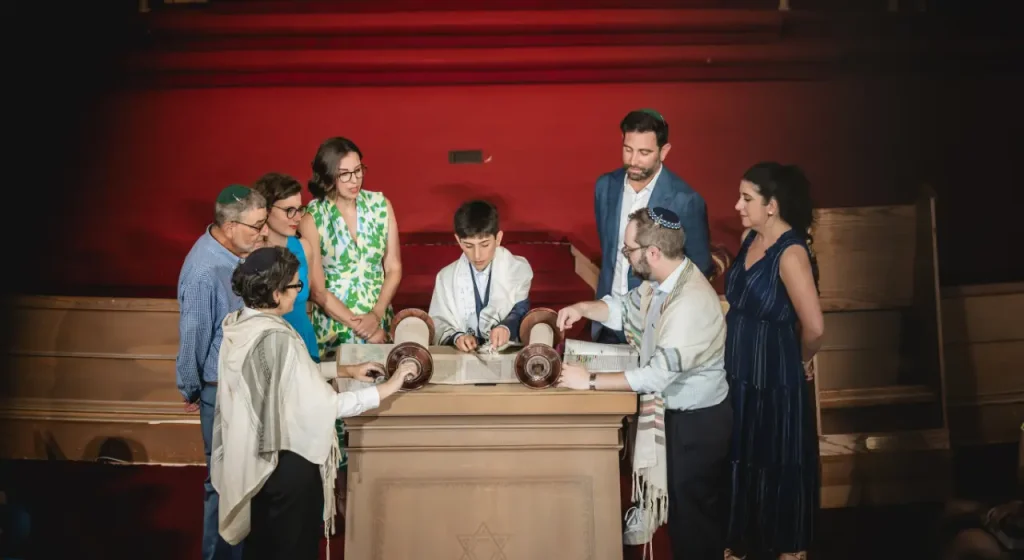
Key Terms
Bar Mitzvah: A term used for boys who reach the age of 13. “Bar” translates to “son of,” while “mitzvah” means “commandment.” At this age, boys are considered responsible for observing Jewish commandments.
Bat Mitzvah: This term applies to girls who reach the age of 12. “Bat” means “daughter of.” Upon turning 12, girls also take on the responsibilities of observing Jewish commandments.
B’nei Mitzvah: This term is used for a set of twins or siblings—one boy and one girl—celebrating their Mitzvah together. “B’nei” means “children of,” reflecting that both siblings are reaching this important stage simultaneously.
B Mitzvah: A more modern term sometimes used to refer to non-binary individuals who identify with the Mitzvah celebration. The term recognizes the evolving understanding of gender within the Jewish community.
Aliyah: This refers to the honor of being called to the Torah during a service. For a Bar or Bat Mitzvah, this moment signifies their first public reading from the sacred text.
Torah: The foundational text of Judaism, consisting of the first five books of the Hebrew Bible. The Bar or Bat Mitzvah typically reads a portion from the Torah during the ceremony.
D’var Torah: A speech given by the Bar or Bat Mitzvah post-Torah reading. It usually includes personal reflections, insights on the Torah portion, and expressions of gratitude to family and friends.
Kiddush: A blessing recited over wine or grape juice, often said during Shabbat services and celebratory meals following the Bar or Bat Mitzvah ceremony.
Havdalah: A ritual marking the end of Shabbat, sometimes included in the celebrations if the event occurs on a Saturday evening.
Typical Timing and Order of Events
The timing and order of events for a Bar or Bat Mitzvah celebration can vary widely based on individual family preferences and community traditions. However, a standard sequence generally follows:
Shabbat Service
- Service Timing: Most Bar and Bat Mitzvah ceremonies take place during a Saturday morning Shabbat service. The timing is essential, as it allows the child to be called to the Torah when the community is gathered.
- Torah Reading: The child reads a portion of the Torah, which is a significant moment in the service. This reading usually occurs after the Torah is taken out of the ark.
- D’var Torah: Following the reading, the Bar or Bat Mitzvah delivers their D’var Torah. This personal speech often touches on the meaning of the Torah portion and includes heartfelt thanks to family and friends.
- Kiddush: After the service, a Kiddush is typically held, where blessings are recited, and refreshments are served. This informal gathering allows guests to congratulate the Bar or Bat Mitzvah in a relaxed setting.
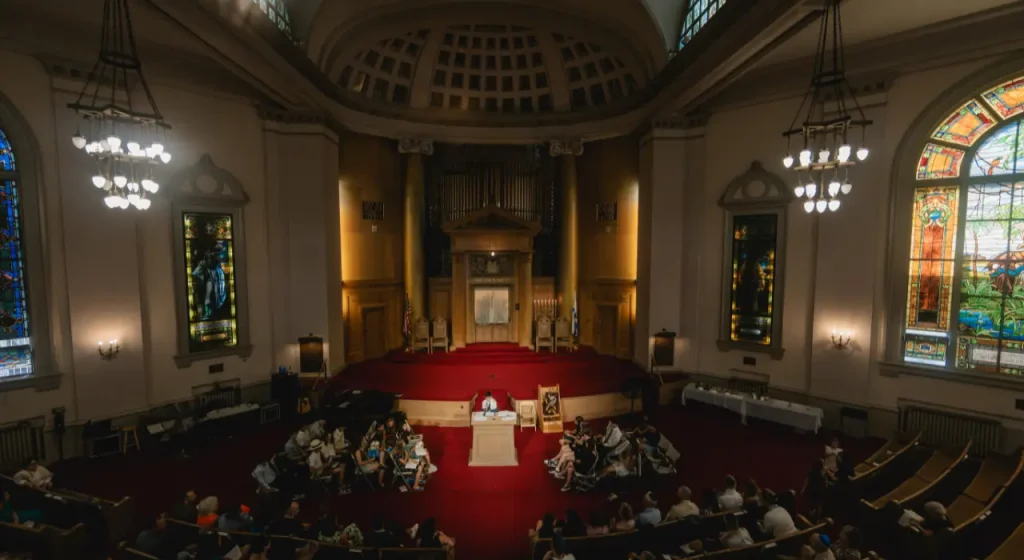
Mitzvah Reception
The reception often follows the Kiddush and can vary in timing based on the family’s preference. Here is a typical order of events for the reception:
- Hora: The reception usually kicks off with the Hora, a traditional Jewish dance where guests lift the Bar or Bat Mitzvah on a chair while dancing in a circle. This lively dance symbolizes joy and community.
- Hamotzi: Before the meal begins, the Hamotzi prayer is recited over bread. This blessing acknowledges the importance of food and sustenance in Jewish tradition.
- Candle Lighting Ceremony: Many families incorporate a candle lighting ceremony, where the Bar or Bat Mitzvah lights candles representing family members, friends, or significant life events. Each candle lighting is often accompanied by a short speech or acknowledgment.
- Meal: After the candle lighting, a festive meal is served. This meal may vary from traditional Jewish delicacies to more contemporary fare, depending on the family’s preferences.
- Speeches and Toasts: During or after the meal, family members and friends often share speeches.
